In some counties in the state, deaths from heroin overdoses have tripled in the past three years, drawing the attention of both lawmakers and law enforcement looking for ways to combat the problem.
At the statehouse, lawmakers approved the Opioid Antagonist Act during the 2015 Legislative session. The bill expands access to the overdose reversing drug Naloxone, allowing police officers to carry it and also family members and friends of addicts to seek a prescription for the medication.
Naloxone, if followed by more intense medical treatment, can save a person’s life giving them a second chance, according to Joseph Garcia, Gov. Tomblin’s legislative affairs director. Tomblin backed the bill.
But members of both the House and Senate leadership say the new law alone will not decrease the number of heroin overdose fatalities. Senate Majority Leader Mitch Carmichael said that ‘more’ should include a focus on rehabilitative services and a program to drug test those on public assistance.

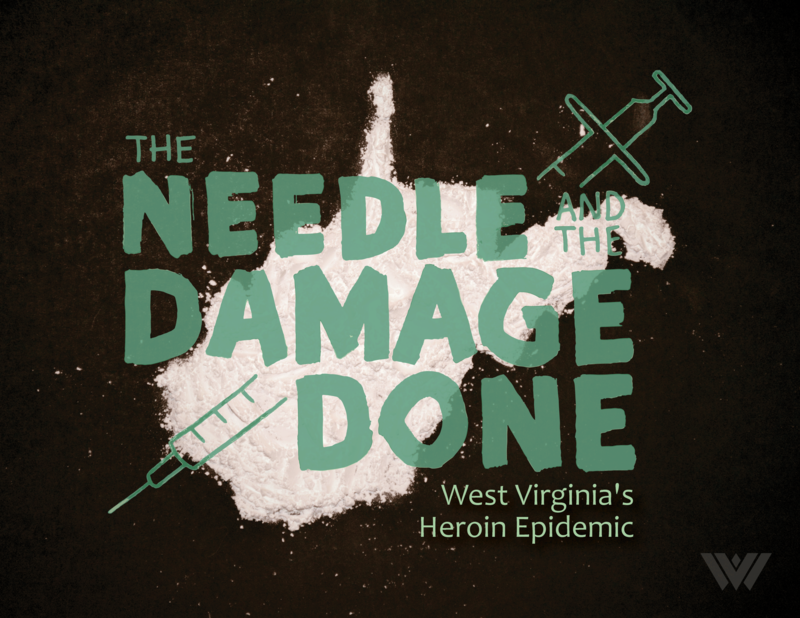
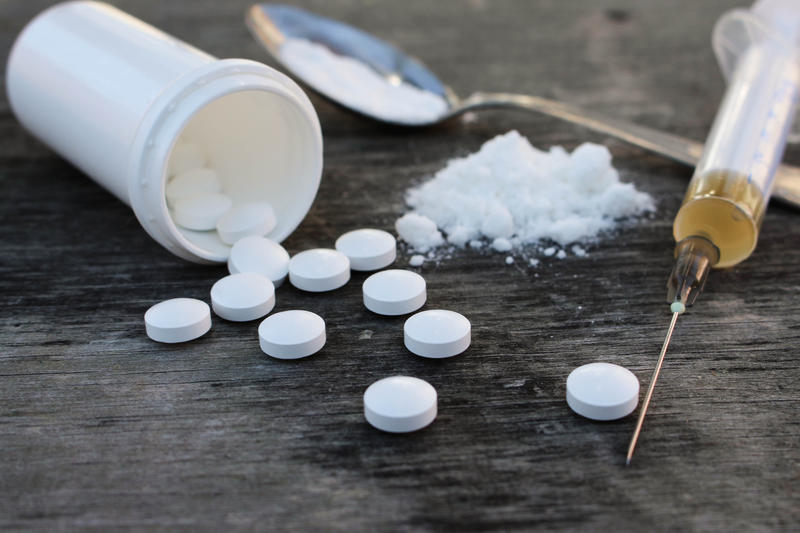

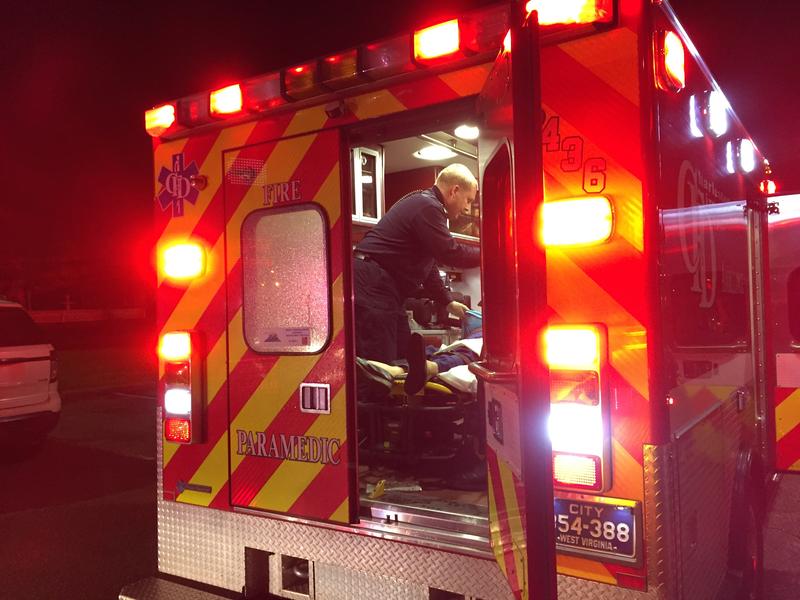

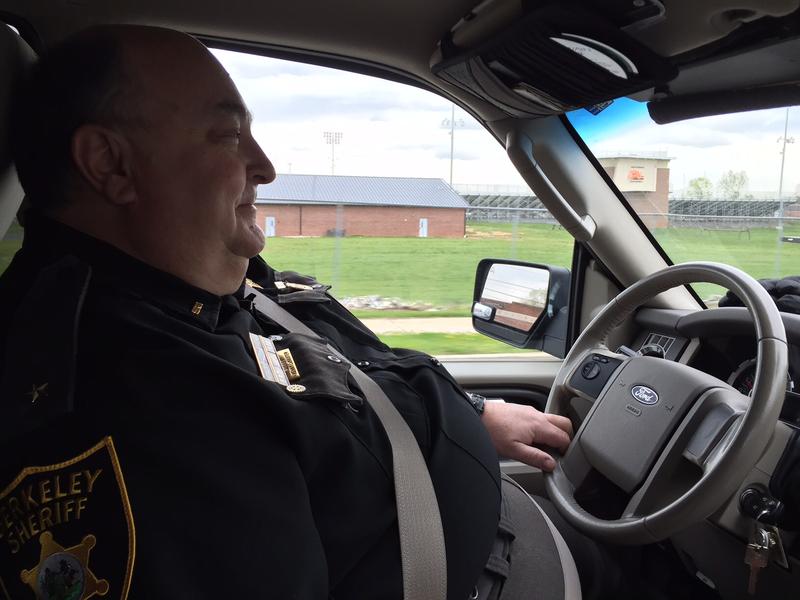
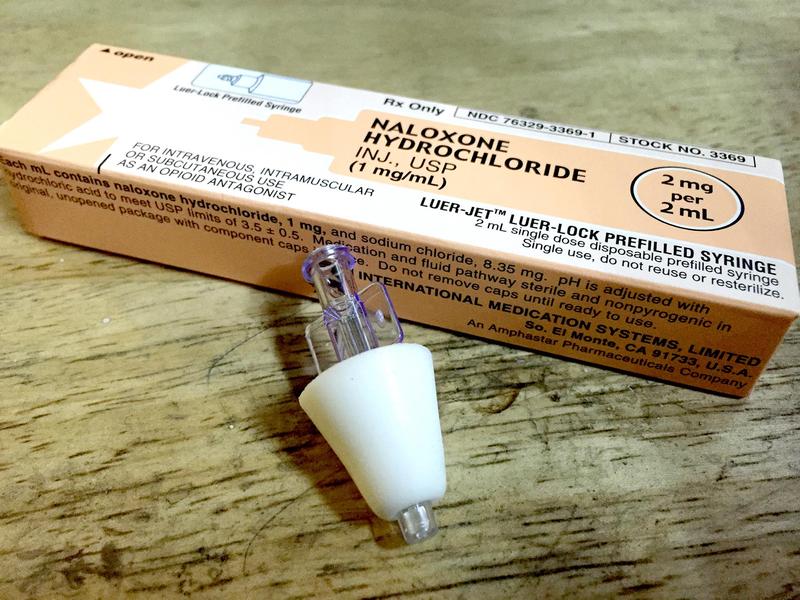
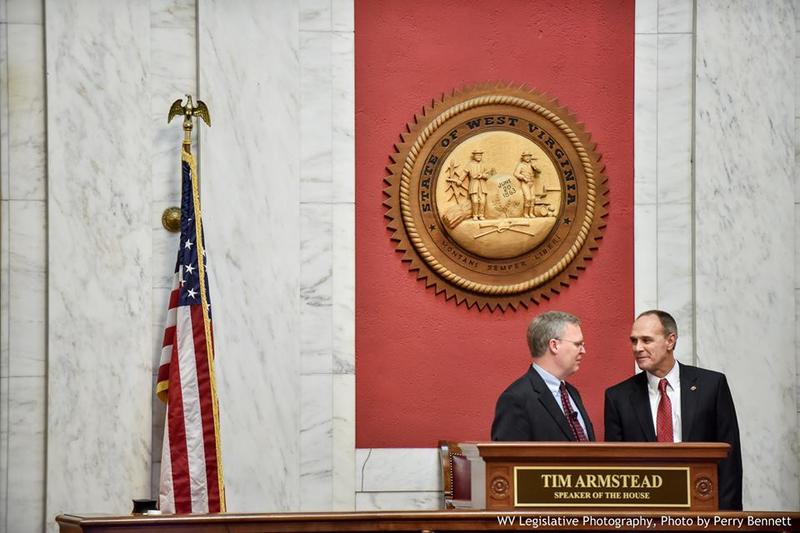

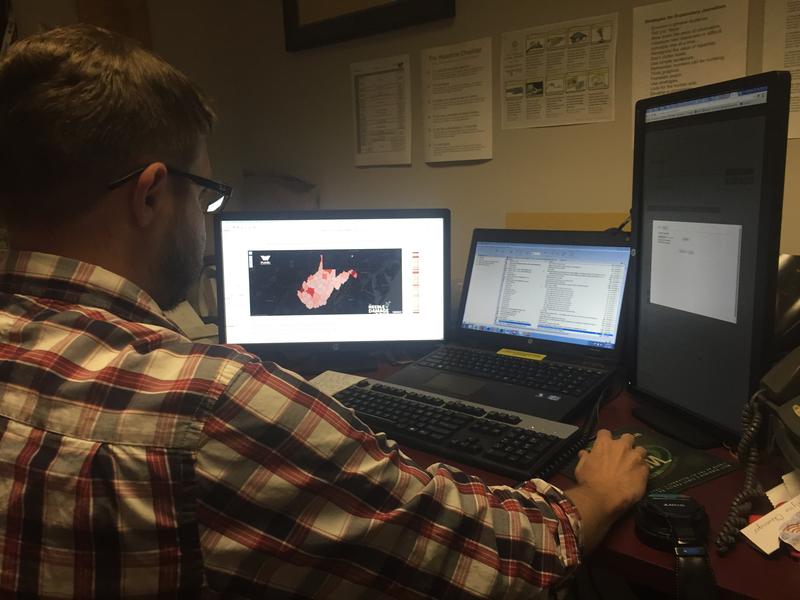
No comments:
Post a Comment
We are making comments available again! You are free to express your First Amendment Rights Here!